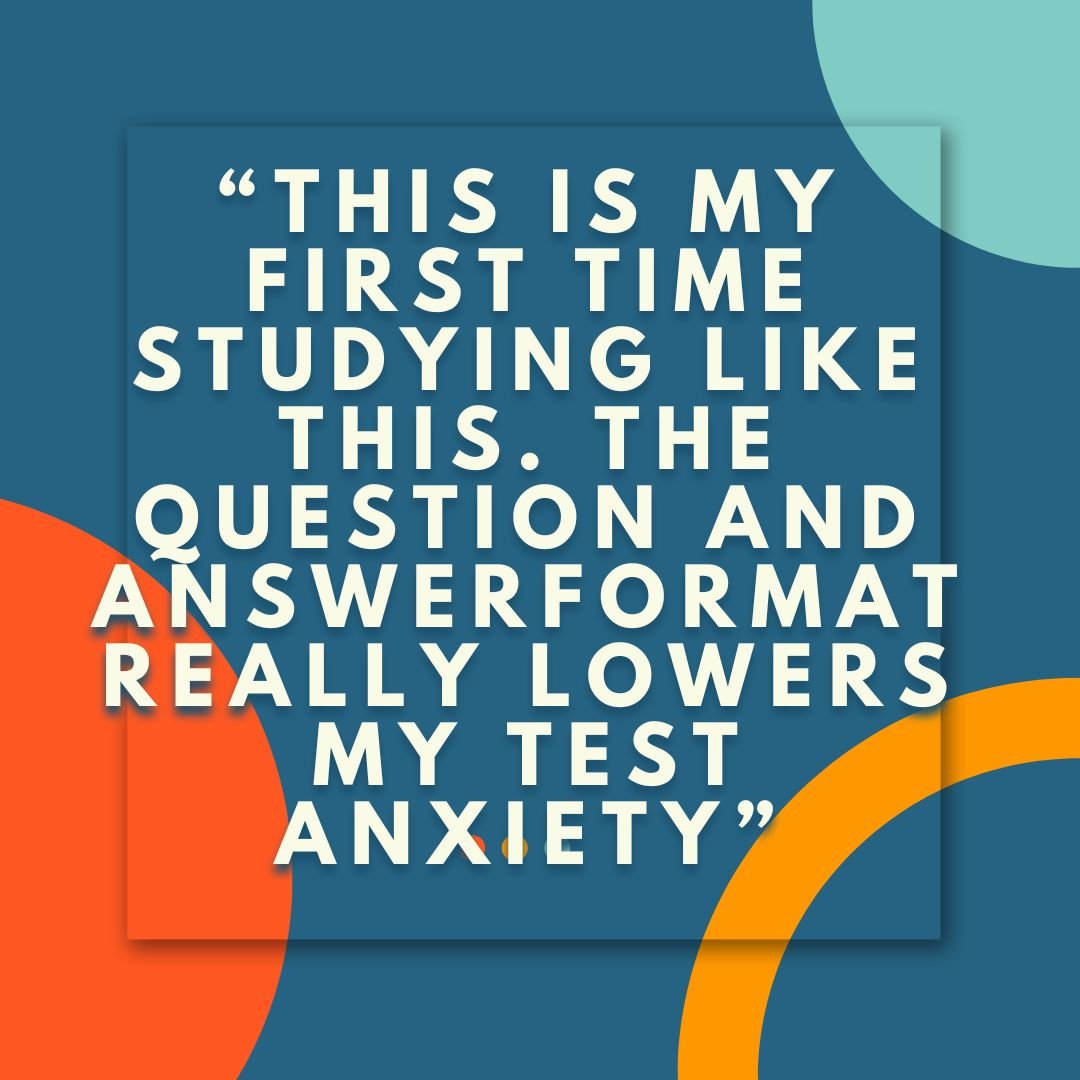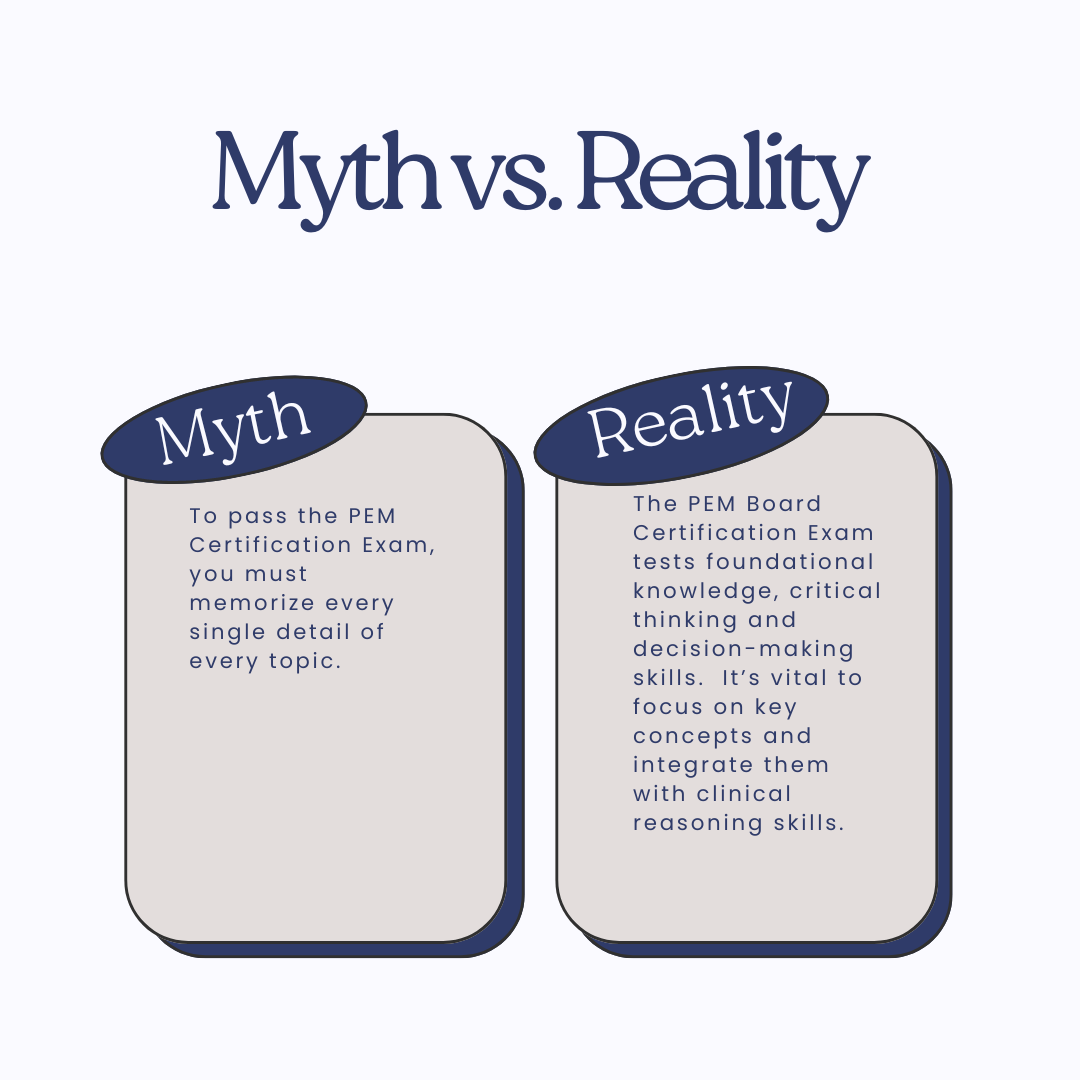The Pediatric Emergency Medicine Certification Exam: A Comprehensive Guide
Pediatric Emergency Medicine certification represents a specialization for physicians dedicated to providing expert care for children in urgent medical situations. This certification, jointly overseen by the American Board of Pediatrics (ABP) and the American Board of Emergency Medicine (ABEM), is available to physicians who have already achieved board certification in either pediatrics or emergency medicine. Candidates must meet specific eligibility criteria, fulfill the credential requirements of their primary board (either ABP or ABEM), and successfully complete the comprehensive Pediatric Emergency Medicine Certification Examination.
Your Exam Structure
Each exam follows a blueprint or content outline developed by pediatricians and educators. This outline defines the categories covered in the exam and the percentage of questions for each category, ensuring a comprehensive assessment of pediatric knowledge.
Content outlines are exam blueprints, not curriculum guides. They don't cover all essential subspecialty skills, as many can't be assessed in multiple-choice exams.
The general structure of the PEM exam includes the following components:
1. Multiple-Choice Questions (MCQs)
- Content Areas: The exam is divided into different content areas, each representing a specific aspect of pediatric emergency medicine (e.g., cardiology, neurology, trauma).
- Question Types: These may include single best answer questions, case-based questions, and questions with clinical vignettes.
2. Case Simulations
- Clinical Scenarios: Simulated cases where candidates must diagnose and manage various pediatric emergencies.
- Response Evaluation: Candidates’ responses are evaluated based on their clinical reasoning, decision-making, and application of knowledge.
3. Practical Skills Assessment
- Procedural Skills: Assessment of hands-on skills such as intubation, central line placement, lumbar puncture, and splinting.
- Simulation Labs: Use of high-fidelity mannequins or standardized patients to simulate real-life emergency situations.
4. Oral Examination (in some boards)
- Case Discussions: Oral exams may involve discussing complex cases with examiners, demonstrating the candidate's ability to think critically and apply knowledge under pressure.
5. Written Examination Structure
- Sections: The written part of the exam is typically divided into sections, each focusing on a different area of pediatric emergency medicine.
- Duration: The total duration can range from 4 to 6 hours, often with breaks in between sections.

Pediatric Emergency Medicine 2025 Exam Date
The Pediatric Emergency Medicine Certification Examination is offered every two years, in odd-numbered years.
| Pediatric Emergency Medicine | April 1, 2025 |
| Regular Registration (login required) | 2026 TBD |
| Late Registration (login required) | 2026 TBD |

Purpose of the Exam
The American Board of Pediatrics (ABP) and ABEM offer subspecialty certification in Pediatric Emergency Medicine. The ABP is responsible for developing and administering the certification examination. The ABEM oversees the credentialing process and handles all result notifications for its candidates. Similarly, the ABP manages credentialing and communicates examination results directly to its candidates. This streamlined approach ensures that each board efficiently supports its own candidates throughout the certification journey. The PEM board exam serves several important purposes:
1. Certification: It's the primary means of certifying physicians as specialists in pediatric emergency medicine. Passing this exam demonstrates that a doctor has the knowledge and skills necessary to practice in this specialized field.
2. Quality assurance: The exam helps ensure that physicians practicing pediatric emergency medicine meet a standardized level of competence, which contributes to maintaining high-quality patient care.
3. Knowledge assessment: It comprehensively evaluates a physician's understanding of various aspects of pediatric emergency medicine, including diagnosis, treatment, and management of acute illnesses and injuries in children.
4. Continuous learning: Preparing for the exam encourages physicians to stay updated on the latest developments, research, and best practices in the field.
5. Professional advancement: Achieving board certification in PEM can lead to career advancement opportunities and may be required for certain positions or privileges in hospitals and healthcare systems.
6. Public trust: Board certification helps build public confidence in the expertise of pediatric emergency physicians.

Exam Day Schedule



Question Styles
Assessment questions: these are the "boards style questions". Assessment questions are designed determine your knowledge level, not really teach or remediate. They normally consist of (a) the correct answer, (b) two or more distractors that you'd guess at if you were vaguely familiar with the topic, and (c) one or more distractors that you'd guess if you were completely unfamiliar with the topic.
Teaching questions: these are the more in-depth case study questions, or complex questions that require thought. Teaching questions are designed to remediate and drive long term retention of material. Challenger uses both (and you can select the types you want to use for your tests).
If you're going to do an assessment of your knowledge level, work through it in short exams over topics, not in marathon sessions. If you've missed questions in the topics, then switch to completing all the questions in a topic, or mix the exams up into assessment and teaching questions.
Exam Features
The American Board of Pediatrics (ABP) Pediatric Emergency Medicine (PEM) exam typically lasts around 6 to 7 hours. This includes time for instructions, a tutorial, and scheduled breaks. The actual testing time is usually about 4.5 hours, divided into two sessions with a break in between.
The Pediatric Emergency Medicine MOC Examination is a four-hour, computer-based, multiple choice question examination, consisting of approximately 200 questions. The exam is delivered in two timed sections, with each section two hours in length. There are no scheduled breaks during the examination, but candidates may take breaks. However, the examination clock will continue to run.

Content Specifications
Although the field of pediatric emergency medicine is continually evolving, the main content domains and subdomains within this outline should be viewed as broad categories of knowledge that are likely to remain relatively stable over time. However, the detailed knowledge within these areas is likely to change as the field advances. Because exam questions may assess a PEM subspecialist’s knowledge of specific elements within a content domain or subdomain, it is crucial for test takers to ensure their knowledge is current and up to date. As you prepare for your exams, remember that while the core content remains stable, the specifics are ever-changing. It's up to you to stay informed with the latest developments in the field.
The primary medical content categories of the blueprint are shown below, with the percentage assigned to each for a typical exam:
Exam Breakdown

Pediatric Emergency Medicine Board Exam Pass Rates
Qualifying Exam
- Pass Rate: Approximately 88% of first-time takers passed the qualifying exam in 2023 (American Board of Emergency Medicine) (American Board of Pediatrics).
- Content: The qualifying exam assesses knowledge and skills in pediatric emergency medicine, covering topics such as patient management, medical knowledge, and clinical problem-solving.
Oral Certification Exam
- Pass Rate: Around 95% of first-time takers passed the oral certification exam in 2023 (American Board of Emergency Medicine).
- Content: The oral exam evaluates the ability to apply knowledge in clinical scenarios, with a focus on patient care and decision-making under pressure.
Do ITE Scores Indicate Board Exam Scores?
To a degree. Your ITE scores provide more of a negative indicator of your potential boards exam score. If you did poorly on ITE's, you have your work cut out for you. If you did well on ITE's, it doesn't mean you'll score the same on the boards, but it is a positive indicator.
Start preparing early, pick a couple of good resources, and use them. Frequent short study sessions, done in a methodical manner, are going to do a lot more for you than cramming.

Strategizing Your Preparation
Comprehensive Study Material
Align your study materials with the ABP Pediatric Emergency Medicine Blueprint to ensure comprehensive topic coverage. The Med-Challenger Pediatric Emergency Medicine Courses offers targeted preparation, featuring an extensive, up-to-date question bank. Its content is based on the best-selling PEMQBook, authored by practicing physicians. This course not only fulfills MOC and CME requirements but also provides board review questions, in-depth explanations, relevant images, and remediation resources. By choosing such comprehensive tools, you'll be well-equipped to tackle every aspect of the exam in detail.
Mock Exams and Simulations
Simulated exams, such as Med-Challenger's Board Exam Simulator, part of the Pediatric Emergency Medicine Exam Prep Courses, are instrumental in gauging your preparation level. They offer insights into your strong areas and those requiring improvement, enabling a focused preparation strategy.
Navigating the Exam Day
Stay Calm
It’s natural to feel anxious. However, staying calm and composed is crucial to think clearly and make informed decisions during the exam. Knowing what to expect by checking out What to Expect on Exam Day can also help put your mind at ease.
Pace Yourself
The exam is structured to evaluate a broad spectrum of your skills and knowledge. Pacing yourself is crucial to ensure that every section of the exam is attempted with equal focus and concentration.
Review Your Work
If time permits, review your answers. Sometimes, a second look can offer new perspectives and insights.

Post Exam
Notification of Examination Results
After the exam is given, it will be analyzed and evaluated to ensure the reliability of individual results.
ABEM sends candidates their examination results in writing through postal mail. Results are also posted on candidates ABEM Personal Page. Results for the ABP Certifying Exam are released to each physician’s ABP Portfolio about two months after the administration date of the exam. Results for proctored Maintenance of Certification (MOC) exams are typically released in the ABP Portfolio within four weeks after your exam date.Certificates are mailed approximately four months after exam results are made available.
Passing Criterion and Scoring
The passing percentage for an exam depends on the difficulty of the test form. Despite efforts to ensure equivalent difficulty across forms, some variations may occur. Consequently, a specific passing percentage is not provided to examinees.
Most Missed Question Blogs
Med-Challenger wants to explore what is being missed on exams and why. That is why we have started our "most missed questions" blog series; to examine and report exactly which questions and question types are being missed most, why, and even hone in on some exam tricks to make test taking more successful.

